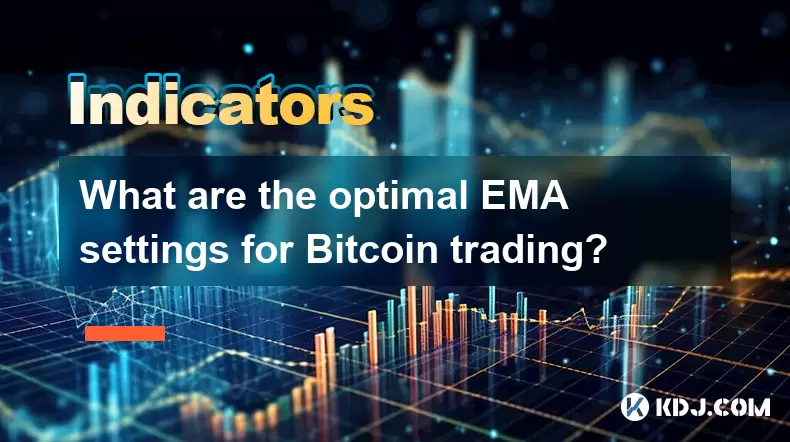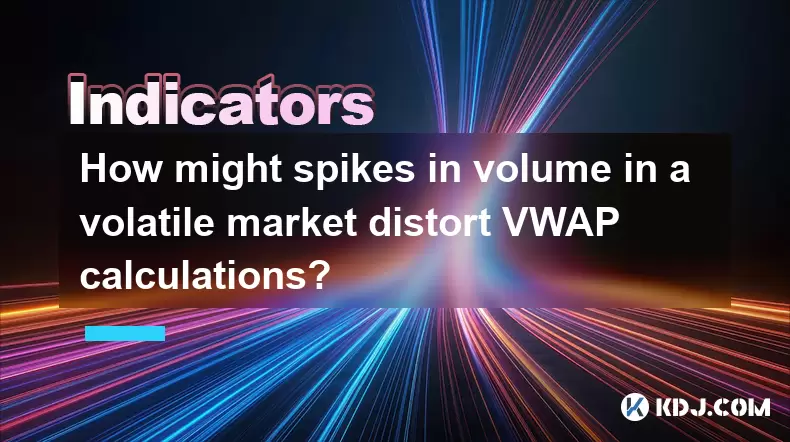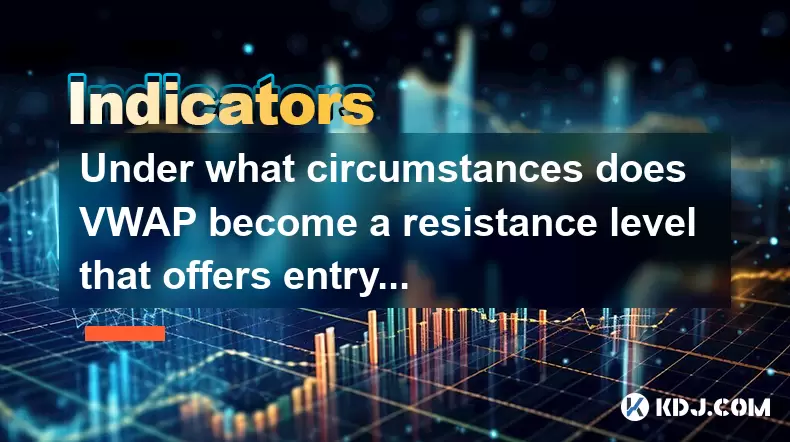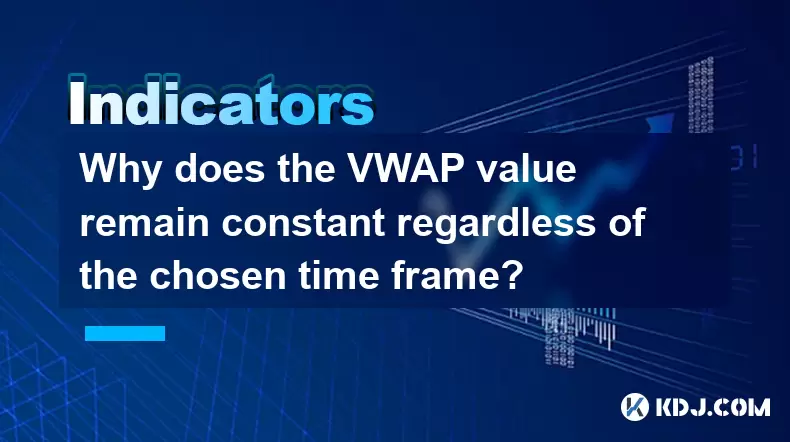-
 Bitcoin
Bitcoin $117700
-0.03% -
 Ethereum
Ethereum $3805
0.49% -
 XRP
XRP $3.098
-1.00% -
 Tether USDt
Tether USDt $1.000
0.03% -
 BNB
BNB $792.8
-1.72% -
 Solana
Solana $177.9
-1.95% -
 USDC
USDC $1.000
0.02% -
 Dogecoin
Dogecoin $0.2202
-1.55% -
 TRON
TRON $0.3278
-2.92% -
 Cardano
Cardano $0.7641
-2.43% -
 Hyperliquid
Hyperliquid $42.21
-2.68% -
 Sui
Sui $3.758
-1.58% -
 Stellar
Stellar $0.4080
-3.21% -
 Chainlink
Chainlink $17.75
-0.33% -
 Bitcoin Cash
Bitcoin Cash $591.8
4.96% -
 Hedera
Hedera $0.2561
-3.09% -
 Avalanche
Avalanche $23.34
-4.24% -
 Litecoin
Litecoin $110.7
1.96% -
 UNUS SED LEO
UNUS SED LEO $8.956
-0.01% -
 Toncoin
Toncoin $3.410
0.79% -
 Ethena USDe
Ethena USDe $1.001
0.03% -
 Shiba Inu
Shiba Inu $0.00001288
-1.82% -
 Uniswap
Uniswap $10.07
-2.06% -
 Polkadot
Polkadot $3.807
-2.27% -
 Monero
Monero $308.2
-2.15% -
 Dai
Dai $1.000
0.03% -
 Bitget Token
Bitget Token $4.521
-0.30% -
 Pepe
Pepe $0.00001134
-1.52% -
 Cronos
Cronos $0.1457
0.65% -
 Aave
Aave $274.9
-2.47%
What are the optimal EMA settings for Bitcoin trading?
The Exponential Moving Average (EMA) helps Bitcoin traders identify trends and reversals by giving more weight to recent prices, making it ideal for volatile markets.
Jul 30, 2025 at 04:15 pm

Understanding EMA in the Context of Bitcoin Trading
The Exponential Moving Average (EMA) is a widely used technical indicator in cryptocurrency trading, particularly for analyzing Bitcoin price trends. Unlike the Simple Moving Average (SMA), which assigns equal weight to all data points, the EMA gives more importance to recent prices, making it more responsive to new information. This responsiveness makes EMA especially useful in the fast-moving Bitcoin market, where price shifts can occur rapidly due to news, macroeconomic factors, or large whale movements. Traders use EMA to identify trend direction, potential reversals, and entry or exit points.
When applying EMA to Bitcoin, it’s crucial to understand that no single EMA setting fits all market conditions. The optimal configuration depends on the trader’s time frame, strategy (scalping, day trading, or swing trading), and risk tolerance. Short-term EMAs react quickly to price changes, while long-term EMAs provide a smoother trend line but lag behind current price action. Therefore, combining multiple EMAs is a common practice to balance responsiveness and reliability.
Popular EMA Combinations for Bitcoin
Many traders use dual or triple EMA crossovers to generate signals. Among the most widely adopted combinations are:
- 9 and 21 EMA: This pairing is favored by short-term traders. The 9 EMA captures immediate momentum, while the 21 EMA acts as a dynamic support or resistance level. When the 9 EMA crosses above the 21 EMA, it may signal a bullish trend; the reverse suggests bearish momentum.
- 50 and 200 EMA: Known as the “Golden Cross” and “Death Cross” setup, this combination is used primarily by swing and position traders. A Golden Cross occurs when the 50 EMA crosses above the 200 EMA, indicating a long-term bullish trend. Conversely, a Death Cross happens when the 50 EMA drops below the 200 EMA, signaling potential downtrend.
- 12 and 26 EMA: These values form the basis of the MACD indicator but are also used independently. The 12 EMA reflects short-term momentum, while the 26 EMA provides a medium-term trend reference. Crossovers between them can highlight shifts in momentum.
These combinations are not arbitrary; they are rooted in statistical smoothing and market rhythm. The 21 and 50 EMAs approximate the number of trading days in a month and two months, respectively, making them relevant to Bitcoin’s cyclical behavior.
Customizing EMA Settings Based on Timeframes
The ideal EMA settings vary significantly depending on the chart timeframe used. Here’s how traders adjust EMA parameters across different trading styles:
- For 1-minute or 5-minute charts (scalping), traders often use 5 and 13 EMA. These fast-moving averages help identify intraday momentum shifts. The 5 EMA reacts almost instantly to price changes, while the 13 EMA provides a slightly filtered trend line.
- On 1-hour and 4-hour charts (day trading), the 20 and 50 EMA combination is common. The 20 EMA helps track the immediate trend, and the 50 EMA serves as a benchmark for medium-term direction. When price holds above both EMAs, the trend is considered bullish.
- For daily charts (swing trading), the 50 and 200 EMA remain dominant. The 200 EMA is often viewed as the line between bull and bear markets. If Bitcoin trades above the 200 EMA, it’s generally in a long-term uptrend.
It’s important to backtest EMA strategies on historical Bitcoin data to validate their effectiveness for a specific timeframe. Tools like TradingView allow traders to apply different EMA combinations and visually assess their performance during past bull and bear cycles.
Using EMA with Additional Confirmation Indicators
Relying solely on EMA crossovers can lead to false signals, especially during sideways or choppy markets. To improve accuracy, traders combine EMA with other technical tools:
- Volume indicators: A crossover supported by increasing trading volume is more reliable. For instance, if the 9 EMA crosses above the 21 EMA alongside a spike in volume, it strengthens the bullish signal.
- Relative Strength Index (RSI): Used to confirm overbought or oversold conditions. If the EMA crossover occurs while RSI is below 30 (oversold), it may validate a bullish reversal.
- Support and resistance levels: An EMA crossover near a key support level (e.g., $60,000 for Bitcoin) carries more weight than one in the middle of a range.
- Candlestick patterns: A bullish engulfing pattern coinciding with a 50 EMA crossover above the 200 EMA can serve as a strong entry signal.
These confirmations reduce the risk of entering trades based on noise or temporary price fluctuations.
Step-by-Step Guide to Setting Up EMA on Trading Platforms
To apply EMA to Bitcoin charts on platforms like Binance, Bybit, or TradingView, follow these steps:
- Open the trading interface and select the Bitcoin pair (e.g., BTC/USDT).
- Click on the “Indicators” or “Studies” button, usually located at the top of the chart.
- Search for “Exponential Moving Average” in the indicator list.
- Add the first EMA and set the period (e.g., 9). Choose a color like green for visibility.
- Repeat the process to add a second EMA (e.g., 21) and assign a different color (e.g., red).
- Adjust the line thickness and style for clarity.
- Position the chart to view multiple crossovers and observe how price interacts with the EMAs.
- Optionally, save this template for future use to avoid reconfiguring settings.
Some platforms allow importing pre-built EMA strategies. For example, in TradingView, users can search public scripts for “Bitcoin EMA crossover strategy” and apply them directly.
Optimizing EMA for Volatility and Market Phases
Bitcoin’s high volatility requires dynamic EMA usage. During strong trending markets, standard EMA settings work well. However, in consolidation phases, EMAs may generate frequent false signals. Traders can adapt by:
- Widening the EMA periods (e.g., using 30 and 60 EMA) to reduce noise.
- Applying EMA channels instead of single lines. For example, plotting 20 EMA with upper and lower bands at 2 standard deviations creates a dynamic channel that adapts to volatility.
- Using EMA slope analysis: A steeply rising 50 EMA indicates strong bullish momentum, while a flattening slope suggests trend exhaustion.
Adjusting EMA settings based on the Average True Range (ATR) can also enhance performance. When ATR is high (high volatility), longer EMAs may be preferable to avoid whipsaws.
Frequently Asked Questions
Q: Can I use EMA alone to trade Bitcoin profitably?
While EMA provides valuable trend insights, using it in isolation increases the risk of false signals. Combining EMA with volume, price action, or oscillators like RSI improves decision-making accuracy.
Q: What is the best EMA setting for Bitcoin on a 4-hour chart?
Many traders find the 20 and 50 EMA combination effective on 4-hour charts. The 20 EMA tracks short-term momentum, while the 50 EMA confirms the broader trend direction.
Q: How do I know if an EMA crossover is a fake signal?
A crossover followed by immediate price reversal and low volume is likely a false signal. Confirm with candlestick patterns and support/resistance alignment.
Q: Should I use the same EMA settings across different Bitcoin exchanges?
Yes, EMA calculations are based on price data, which is consistent across major exchanges for Bitcoin. The settings remain valid regardless of the exchange, provided the timeframes match.
Disclaimer:info@kdj.com
The information provided is not trading advice. kdj.com does not assume any responsibility for any investments made based on the information provided in this article. Cryptocurrencies are highly volatile and it is highly recommended that you invest with caution after thorough research!
If you believe that the content used on this website infringes your copyright, please contact us immediately (info@kdj.com) and we will delete it promptly.
- LYNO Token Presale: AI Arbitrage Revolution in DeFi
- 2025-07-31 05:11:11
- Pepecoin Successors: Can These Cryptocurrencies Make You a Millionaire?
- 2025-07-31 05:50:12
- AML Bitcoin Fraud: Cracking Down on Crypto Crime in the Big Apple and Beyond
- 2025-07-31 04:33:53
- Cardano (ADA) in 2025: Navigating Crypto's Future
- 2025-07-31 03:52:07
- Solana Meme Coin Price Prediction: Will the Frog Outleap the Dog?
- 2025-07-31 03:52:07
- Bitcoin's Bullish Outlook: CryptoQuant's Insights on Futures Market Cooling
- 2025-07-31 03:59:10
Related knowledge

How to use the AVL indicator with MACD for better signals?
Jul 31,2025 at 09:22am
Understanding the AVL Indicator and Its Role in Cryptocurrency TradingThe AVL indicator, also known as the Accumulation Volume Line, is a volume-based...

How to identify sell signals with the AVL indicator?
Jul 31,2025 at 07:09am
Understanding the AVL Indicator and Its Core ComponentsThe AVL indicator, also known as the Accumulation Volume Line, is a volume-based technical anal...

How does the VWAP line help in identifying overbought and oversold market conditions?
Jul 31,2025 at 05:19am
Understanding the VWAP Line and Its Role in Technical AnalysisThe Volume Weighted Average Price (VWAP) is a critical tool used by traders within the c...

How might spikes in volume in a volatile market distort VWAP calculations?
Jul 31,2025 at 07:40am
Understanding VWAP and Its Core ComponentsVWAP, or Volume-Weighted Average Price, is a trading benchmark that gives the average price a cryptocurrency...

Under what circumstances does VWAP become a resistance level that offers entry opportunities?
Jul 31,2025 at 08:57am
Understanding the Basics of Staking in CryptocurrencyStaking is a process used in proof-of-stake (PoS) blockchain networks to validate transactions an...

Why does the VWAP value remain constant regardless of the chosen time frame?
Jul 31,2025 at 09:58am
Understanding the Core Concept of VWAPThe Volume Weighted Average Price (VWAP) is a trading benchmark that calculates the average price a cryptocurren...

How to use the AVL indicator with MACD for better signals?
Jul 31,2025 at 09:22am
Understanding the AVL Indicator and Its Role in Cryptocurrency TradingThe AVL indicator, also known as the Accumulation Volume Line, is a volume-based...

How to identify sell signals with the AVL indicator?
Jul 31,2025 at 07:09am
Understanding the AVL Indicator and Its Core ComponentsThe AVL indicator, also known as the Accumulation Volume Line, is a volume-based technical anal...

How does the VWAP line help in identifying overbought and oversold market conditions?
Jul 31,2025 at 05:19am
Understanding the VWAP Line and Its Role in Technical AnalysisThe Volume Weighted Average Price (VWAP) is a critical tool used by traders within the c...

How might spikes in volume in a volatile market distort VWAP calculations?
Jul 31,2025 at 07:40am
Understanding VWAP and Its Core ComponentsVWAP, or Volume-Weighted Average Price, is a trading benchmark that gives the average price a cryptocurrency...

Under what circumstances does VWAP become a resistance level that offers entry opportunities?
Jul 31,2025 at 08:57am
Understanding the Basics of Staking in CryptocurrencyStaking is a process used in proof-of-stake (PoS) blockchain networks to validate transactions an...

Why does the VWAP value remain constant regardless of the chosen time frame?
Jul 31,2025 at 09:58am
Understanding the Core Concept of VWAPThe Volume Weighted Average Price (VWAP) is a trading benchmark that calculates the average price a cryptocurren...
See all articles

























































































